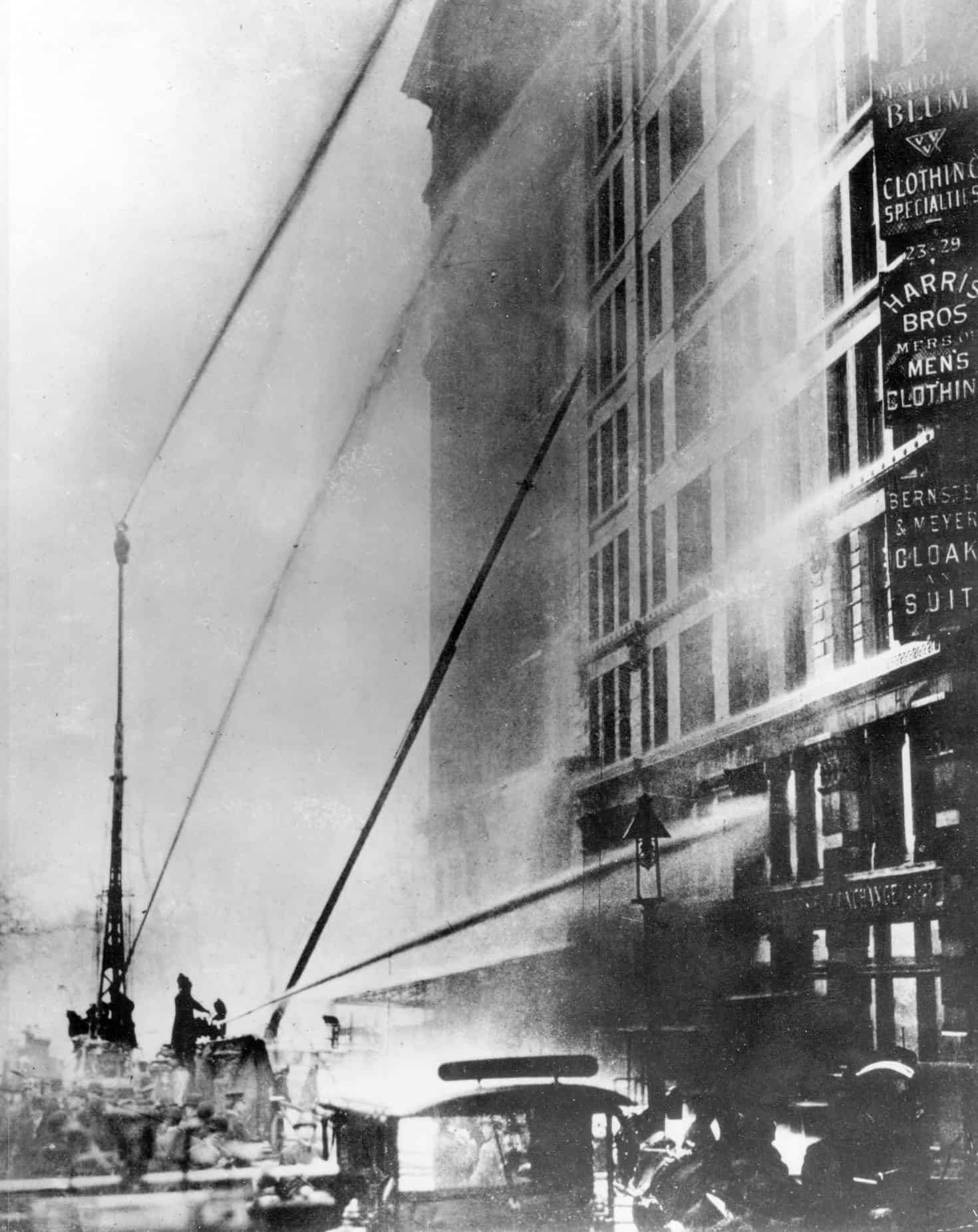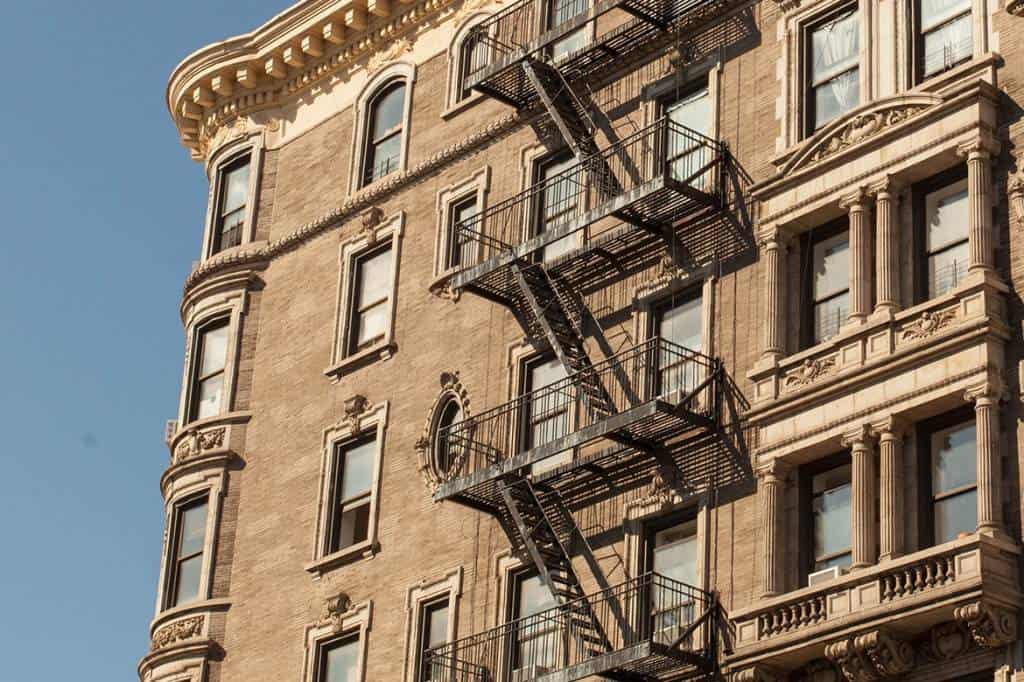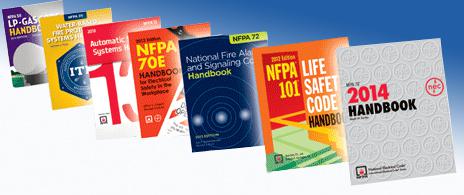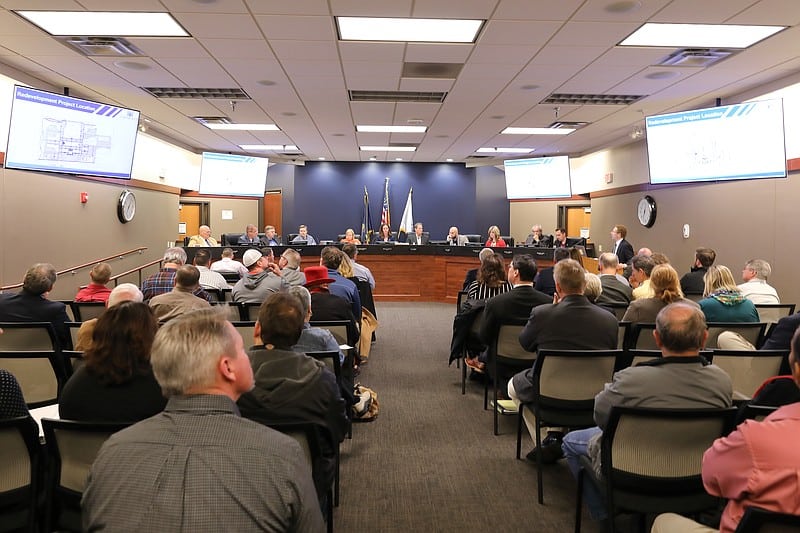Most jurisdictions within the U.S. have a set of minimum building standards including fire regulations designed to protect life and property. These building codes have helped stock commercial buildings with extinguishers and fire sprinkler systems, and residential homes with smoke detectors. Many will argue, including this article, that building codes have lowered the risk of deadly fires in the United States.
The making of fire code is an unusual, multi-million-dollar endeavor with an occasionally gruesome history. So, where do these codes come from and who makes them? How do they become law? We’ll answer these questions and more in today’s article.
The Evolution of Fire Regulations
For more than a century, insurance companies have played a critical role in the development of fire code which turns into fire regulations. As such, fire code is largely what insurance agents call “loss control”: identifying and managing sources of risk. As the way we live and build gradually changes, so too does our understanding of risk. Topics like roofing material, the placement of ovens and furnaces, and home fire prevention are all treated by today’s fire code.
Disasters punctuate this history of step-by-step improvements. More than a decade after the founding of the National Fire Protection Association, one of the longest-standing code-writing organizations in the world, New York City experienced one of the deadliest and most-studied industrial disasters in American history: the fire at Triangle Shirtwaist Factory.

The Triangle Shirtwaist Fire (Image Source)
In 1911, a ten-story loft constructed largely of wood, and packed with flammable cloth, caught fire and killed nearly 150 people. By this time, federal and state standards for emergency exits, clear walkways, and exit signs had existed for decades—all following an even more deadly building fire in Illinois’ Iroquois Theater.
In the wake of the fire at Triangle Shirtwaist, the NFPA developed recommendations for outdoor fire escapes and fire drills in commercial buildings. Additional catastrophic fires in the decades that followed saw the development of fire codes for jails and prisons, including the use of limited or non-combustible building materials and automatic sprinkler systems. Around the same time, shipboard fire code including standards for fire drills, ship-wide fire alarms, and automatic fire doors were also refined.

Fire escapes are a direct result of fire code (Image Source)
In the decades that followed, some businesses and local governments failed to follow existing fire code. Their experience adds more examples—and some lessons—to the development of fire code’s grim history. NFPA standards for temporary structures and seating followed on the heels of the destruction of the world’s largest circus tent. The loss of Illinois’ St. Anthony hospital to fresh paint and a lack of fire stops (materials that prevent fire from spreading through openings and joints in fire-resistant walls and floors) preceded more widespread use of fire barriers and the use of fire-resistant stairway enclosures in hospitals. Standards for smoke and heat venting followed a $35 million-dollar loss as rooftop asphalt and motor oil caught fire at a General Motors plant in 1953.

GM Fire in Livonia, MI – 1953 (Image Source)
Who Drafts Fire Code?
Building and fire risk is continually evolving.
If you looked at the thousands of statutes and ordinances that combined makeup America’s building code today, you will find many remarkable similarities amongst them. In fact, you’ll find that many that simply say this “code”, has been adopted from a code-writing organization. One might use one version of the International Building Code for schools and another for residential buildings, but, by and large, model codes published by non-governmental councils have the force of law in more than 40 states.
These codes establish minimal health and safety standards for buildings throughout their life-cycle. Before they’re made into law, they’re developed by a standards development organization: groups specializing in the development of guidelines in health and safety.

Examples of NFPA Code Books (Image Source)
Even though these codes are enforced just like other state and local statutes, much of what’s written by standards development organizations isn’t freely accessible. A 2017 copy of the National Electrical Code costs $98.00—and that’s just the standards for the electrical code. In August of 2013, the NFPA and other standards development organizations brought a lawsuit against Carl Malamud after he refused to pull copies of their standards from his website. Malamud’s argument: model codes, especially when incorporated into laws, should be public.
Today, these groups propose and refine standards with input from a wide variety of people. It wasn’t always that way. In fact, the NFPA was once exclusively run by the insurance industry. Today’s NFPA, however, consists of fire professionals, elected officials, engineers and a broad spectrum of others with a stake in fire prevention.
How is Fire Code Created?
After they publish the most recent edition of model code, the NFPA accepts public input on existing or new standards. Anyone—not just NFPA members—can propose changes. The NFPA’s 13-member Standards Council reviews and responds to the received proposal, generates a new draft, and re-opens the standards for public comment. Another committee proposes and publishes a second round of changes, which can be amended again at a conference which takes place each June. Finally, the Standards Council decides whether to issue these standards, which are published as new editions of the model code.
That may sound a little dry—after all, these recommendations haven’t even become law yet—and usually, it is. While people like Carl Malamud argue that model codes aren’t transparent enough, standards development organizations and their supporters point to the code-making process as model of openness and inclusiveness. Public comment is a hallmark of good local government, and it’s a big part of what standards development organizations do. Anyone can participate for free, and membership includes interest groups of all kinds.
But How does local government find out about new codes? What are they required to do?
Part of the appeal of standards development organizations is uniformity: for manufacturers, the construction industry and others, having a single set of standards within and between states makes it easier to do business. National and even international organizations weigh in on fire protection and building safety, but the battle for fire codes is fought state-by-state. While the widespread adoption of these codes goes a long way toward making uniform laws a reality, it’s up to state and local governments to turn model codes into local building codes.

Local Government Meeting (Image Source)
But, there isn’t just one standards development organization—in fact, there’s not just one standards development organization for fire safety. And while choosing between standards can often be the stuff of a sparsely-attended city council meeting, it has also been the subject of heated debate. Each standards development organization has a great deal at stake. Publication sales are a $60-million-dollar source of revenue for the NFPA, and contractors, architects, inspectors and anybody else involved with building code will need to purchase copies of the standards that apply in their state. In the mid-2000s, the ICC and the NFPA could be seen lobbying state officials in California and Arizona—complete with phone banks and full-page ads—for the adoption of one code over another.
Not all standards discussions are heated and competitive. In 2012, the ICC recognized the NFPA’s electrical code as their “code of use.” And like most public policy groups, much of what the NFPA does involves encouraging local governments to adopt new standards by publishing and distributing guides for policymakers which illustrate the benefits of modern, statewide goals and standards. Regional representatives with a background in fire service are available to answer legislators’ questions and to help them make informed decisions.
Still, not all local governments have adopted modern codes—and some couldn’t even if they wanted to.
When, in 2008, new ICC standards suggested that new homes should be built with fire sprinklers, the housing industry lobbied against the new changes. A half-billion dollars in lobbying efforts makes homebuilders them one of the more powerful industry groups in the nation, and it shows: attempts in 25 states to make sprinkler systems mandatory have failed. Legislators in Texas and Arkansas took these efforts a step further, passing legislation to prevent cities and counties from requiring residential sprinklers.
Fire code Wasn’t Built in a Day
The history of fire code is anything but simple. Resistance to these standards has been around as long as the standards themselves have. But fire prevention has a long list of successes, from residential smoke detectors to flame-retardant construction materials, and it’s largely thanks to the earnest, common-sense efforts of people who do what they can to advance life safety practices. Fire code has come a long way on the backs of people like Percy Bugbee, the fifty-year veteran of the NFPA who spent his life asking fire chiefs, mayors, and local chambers of commerce to recognize that the burning of American cities wasn’t inevitable:
“There wasn’t any interest in [fire prevention]… it didn’t occur to anybody that you could prevent fires; it was an act of God, it was too bad. If you had a fire, they didn’t say anything about were you careless or not, they said ‘Are you properly insured?’—that’s the only question they would raise.”
Percy’s colorful history—which covers everything from fire chiefs who “didn’t believe in sprinklers” to Canadian lumber-makers threatening to ban him from Canada for speaking out about the danger of wooden shingles—is a reminder of the enormous efforts that have built modern fire safety code, and with it, a safer world.
Do you have additional questions about fire code? Add a comment below, give us a call at 888.361.6662 or fill out our contact form and we’ll happily assist.
This article originally published at blog.qrfs.com on December 21, 2017. Like what you’ve read? Check us out on Facebook and Twitter.


1 thought on “#88 – The Evolution of Local Fire Regulations: History and Processes that Shape U.S. Building Fire Code”